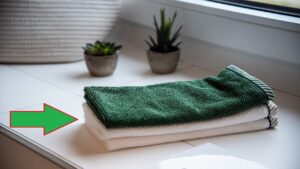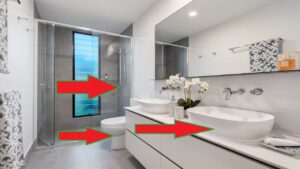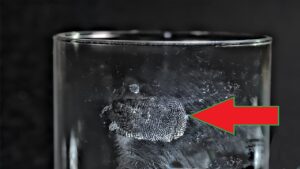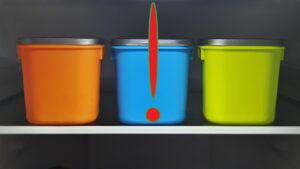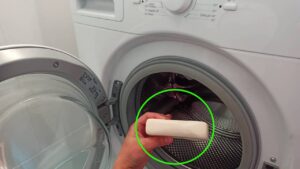Mold in the Corners of the Walls, Leave the Bleach Alone: Proceed Like This
Mold in the corners of walls can cause major health problems, particularly in high-humidity environments like bathrooms, kitchens, and bedrooms. Recognizing it is quite easy due to the dark spots or discoloration of the surface. Especially people with allergies, pre-existing health conditions, or those in advanced age are particularly vulnerable, facing a heightened risk of respiratory complications due to mold exposure.
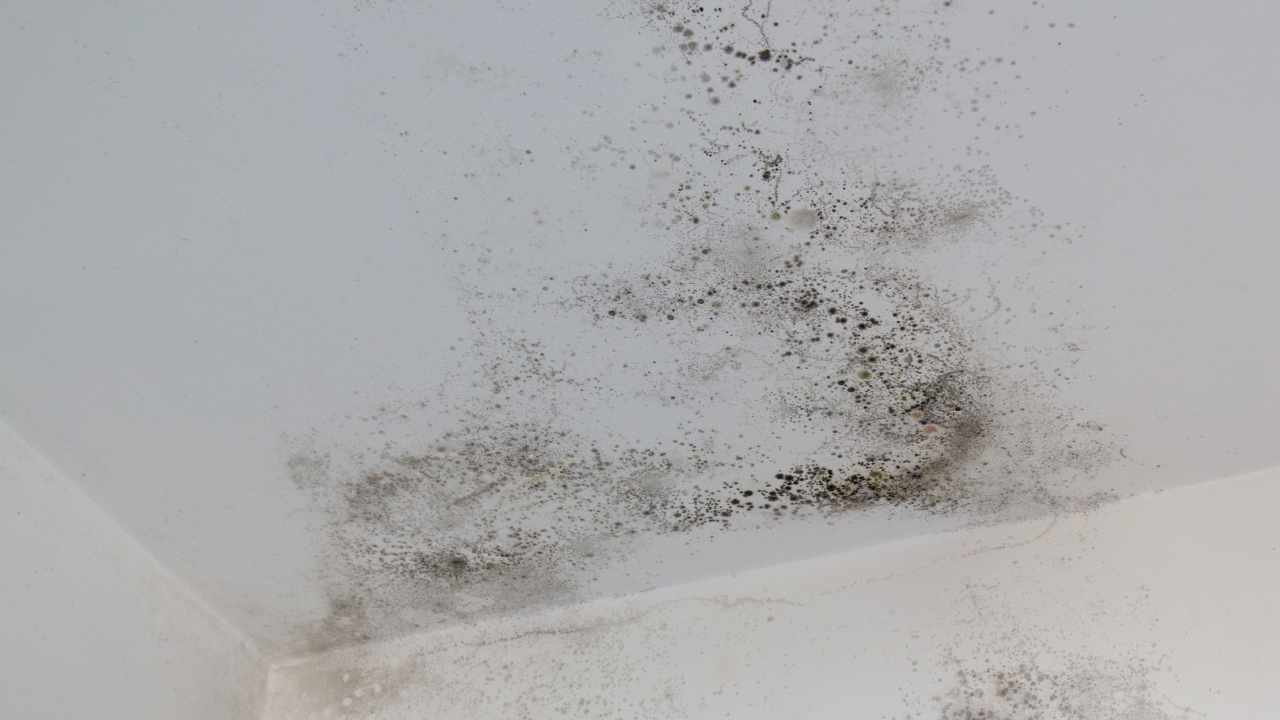
How to eliminate the mold you notice in the corners of the walls without using bleach
Taking action as soon as possible is crucial to prevent the situation from worsening and to maintain a healthier living environment. If you notice a musty smell, it’s likely that the mold on the walls has progressed significantly. To avoid such inconveniences, it’s advisable to regularly care for your home and refresh the air by opening windows for a few minutes each day.
When mold starts appearing in wall corners, it’s time for more decisive action. Supermarket shelves are lined with various bleach models, each flaunting catchy slogans, seemingly the cure against all ills.
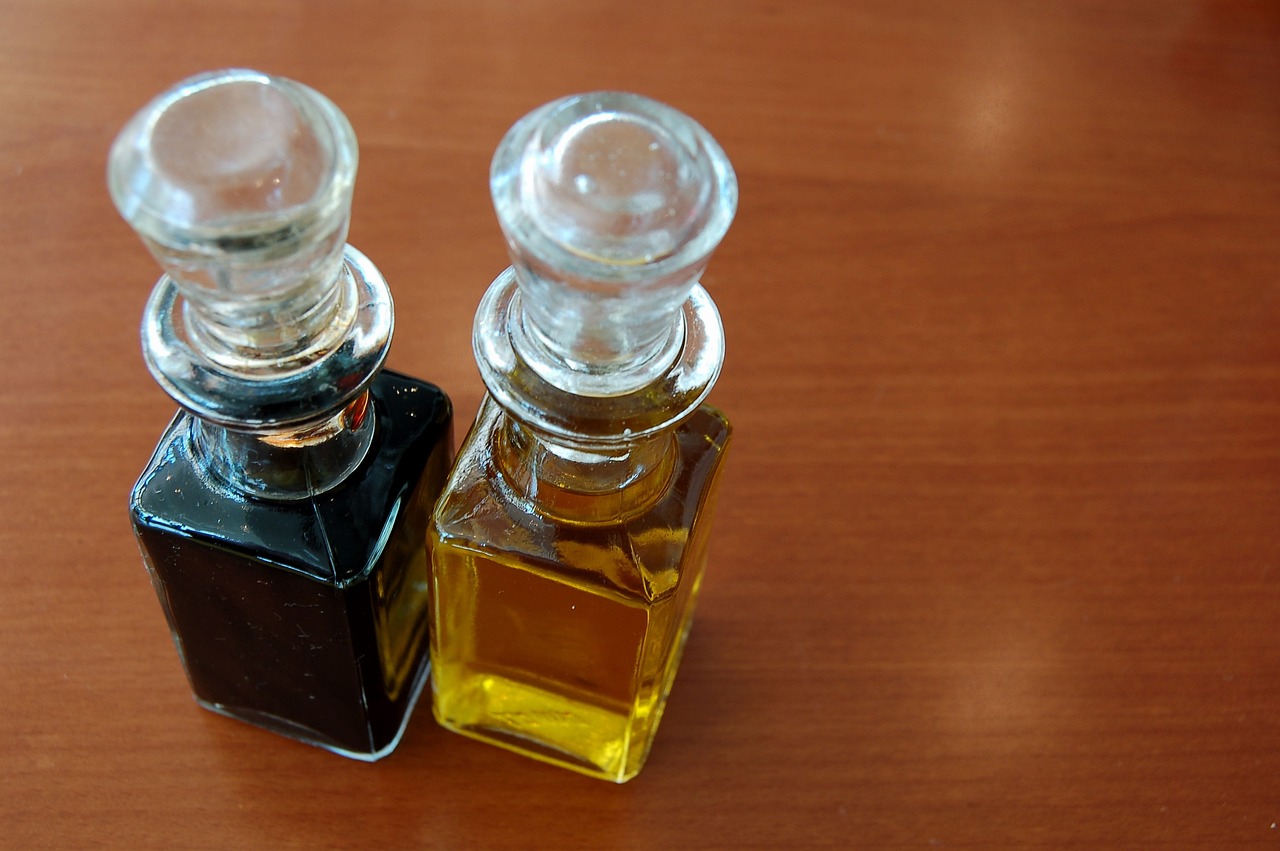
In reality, these bleaches come with serious drawbacks. Besides the price hikes due to inflation, they are chemical substances, posing harm to both humans and the environment. Many buy them under the assumption that there are no alternative, economical, and organic remedies.
It’s time to challenge this cliché—rooted in a limited understanding. Vinegar, or its essence, emerges as an excellent alternative that does more than tackle mold. It also serves as a highly effective limescale remover. In situations where the mold issue is relatively minor or at its early stages, vinegar’s natural antibacterial properties can offer a gentle yet potent solution. Its acidic nature helps break down mold and inhibit its growth while being environmentally friendly. Alternatively, a mix of alcohol and yeast, when applied with a sponge, proves effective and refreshing, avoiding harsh chemicals. This concoction not only addresses mold but also brings with it a refreshing approach that avoids the use of harsh chemicals. It’s particularly suited for slight mold situations where a more delicate touch is needed.
Whether you choose vinegar or the alcohol-yeast mix, achieving results is possible without compromise. Have a little faith, and you might never want to go back to conventional solutions!
